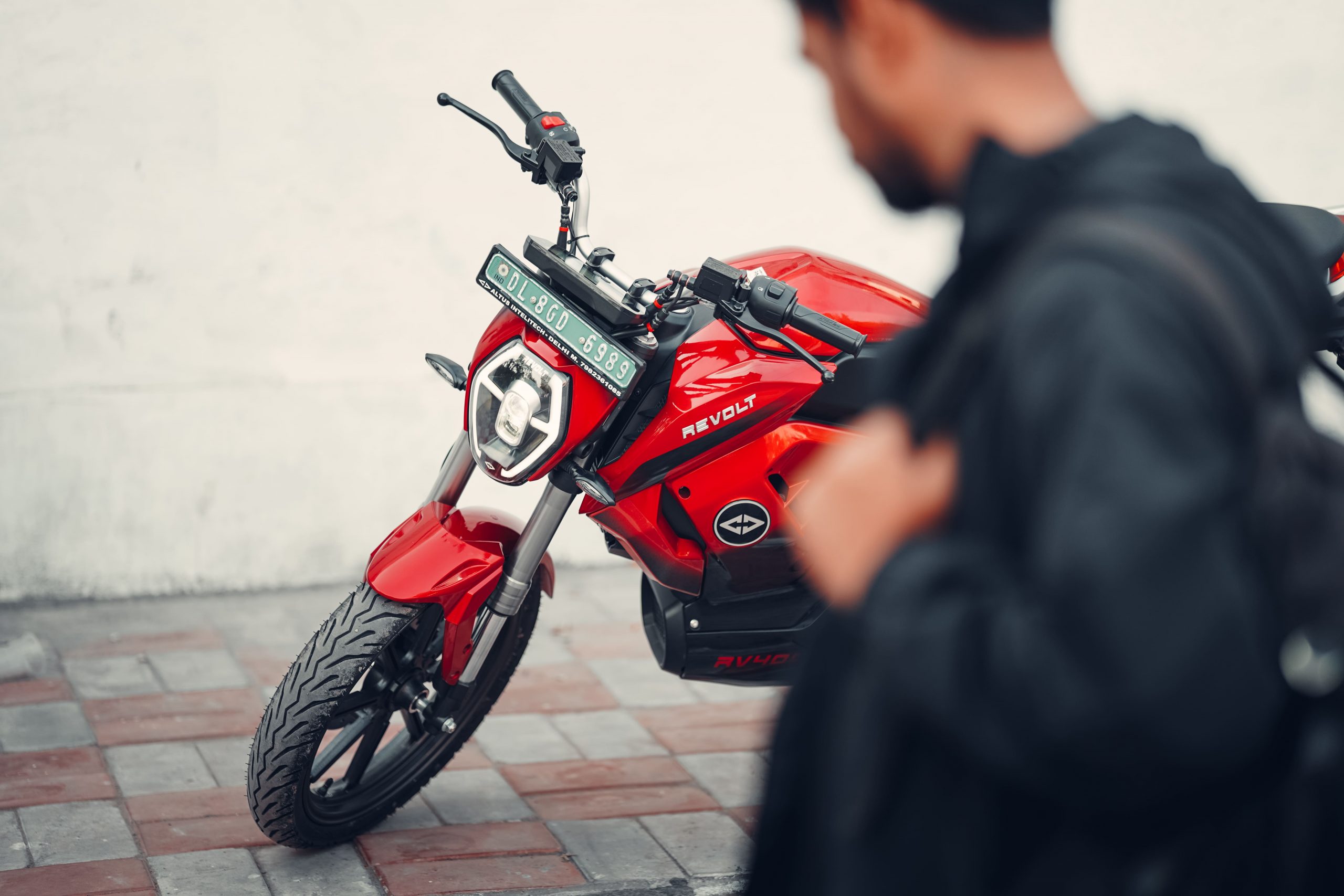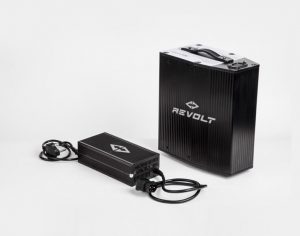How to Charge an Electric Bike?

Electric bikes have truly become marvels of modern transportation — they are fast, accelerate like lightning, cover long distances, and are sustainable. No matter how an electric bike is configured, the battery is a key part that contributes to its impressive speed and range. Most electric bikes in India have lithium-ion batteries as they are more reliable and capable of storing more energy, making it easier to achieve the desired range and prolonged life span.
If you’re a proud electric bike owner and have questions regarding your electric bike battery — from how to charge it to finding the perfect charging spot – you’ve landed in the right place.
In this article, we’ll guide you through the process of charging your electric bike battery and share safety instructions for ensuring the proper charging of your electric bike.
How to Charge an Electric Bike
Here’s a step-by-step guide on how to charge your electric bike.
1. First make sure your bike’s battery is in a safe place, preferably a covered area like a parking shed. Most electric bike batteries are weather-resistant, but the chargers aren’t. Therefore, it’s important to charge your EV inside.
2. The next step is to plug the charger into the battery pack. Most electric bike chargers have indicators that inform you when the battery is fully charged. Utilize them (charger indicators) to ensure proper charging of your electric bike battery.
3. After the charge, make sure that the battery is placed in the right slot for a good connection. Now that the battery is charged, it’s time to hit the road for a ride!
Charging Your Electric Bike Safely
Here are some guidelines to ensure safe electric bike charging.
1. Most EV manufacturers try to make their own bike batteries and chargers. Therefore, it’s important to use the charger provided by the manufacturer for enhanced compatibility and efficiency.
2. As mentioned before, it’s important to charge your electric bike inside. While electric bike motors, batteries, and wiring are weather-resistant, their chargers aren’t. Therefore, charging your EV indoors increases your charger’s durability. Luckily, with RV400 you don’t need to worry about this. The electric bike comes with a portable battery that allows you to charge your battery like a mobile in the confines of your home or office. 3. Before charging your new electric bike for the first time, it’s crucial to refer to the charging manual, as different electric bikes may have varying charging requirements, so it’s best to refer to the charging manual for specific instructions.
4. It’s important to maintain the temperature of your electric battery for prolonged battery life. Therefore, it’s recommended to not expose the battery to extreme temperatures both when charging it and while using it.
5. After coming from a long ride, refrain from charging your battery right away. Instead, let the battery cool down before charging.
6. Although most electric bike batteries have a battery management system in place that ensures the temperature inside the battery is optimum to receive the charge, there are fewer cases of temperature rise. However, it’s important to never leave your battery unattended, which means that you must turn off the charging as soon as the bike is fully charged. However, if you have an RV400 or RV400 BRZ from Revolt Motors you need not worry! They come with an auto shut-off mechanism that cuts off the charging as soon as the battery is fully charged. This controlled charging not only reduces instances of temperature rise but also ensures safety and battery life.
How Long Does It Take to Charge Your Electric Bike? 
Electric bike charging time is dependent on the battery capacity, your charger, and other factors like the type of battery. For instance, lithium-ion batteries take approximately 4.5 hours for a complete charge. Moreover, lithium-ion batteries can store more energy than other battery types, making it easier to achieve a top speed of 65 km/hr in standard driving conditions. Furthermore, bikes with lithium-ion batteries can last for 150 km without charging. Additionally, lithium-ion-based bikes like RV400 and RV400 BRZ have better life span and range compared to other battery types.
Life Span of an Electric Bike Battery
Typically, electric bike batteries last about two to three years depending on the usage and charging pattern. Here are a few simple tricks to increase the life span of your battery:
1. As mentioned before, you shouldn’t charge the battery after every ride. Most EVs have long-lasting battery power that enables them to work for at least three to four days without interruption.
2. Avoid charging your batteries for too long. Ideally, you should leave your electric bike on charge for only 4.5 to 5 hours. Additionally, you can look for bike manufacturers that have an auto shut-off charging mechanism like RV400 that cuts off the battery as soon as it is fully charged.
Summing it Up
The battery in an electric bike provides energy for efficient working. Incidentally, it is also one of the most expensive parts of the bike. Therefore, it’s important to take care of your electric bike’s battery for prolonged life and performance of your bikes. We hope these above-mentioned tips and tricks will help you maintain the health of your electric bike’s battery.
Frequently Asked Questions (FAQs)
- Can I Charge my Electric Bike at Home?
Yes, you can charge your electric bike at home. EVs like RV400 and RV400 BRZ come with portable charging that allows you to take the battery pack out and charge it in the confines of your home or office.
- How Long Does it Take Charge an Electric Bike?
The time taken to charge an electric bike depends on the type of battery. Typically, lithium-ion batteries take about 4.5 hours to recharge.
- Do Electric Bikes Use a lot of electricity?
Normally, the power consumption of an electric bike can vary depending on the bike type and components used in it. Typically, an electric bike can consume about 200 to 500 watts of power, providing a range of approximately 150 km per charge.
